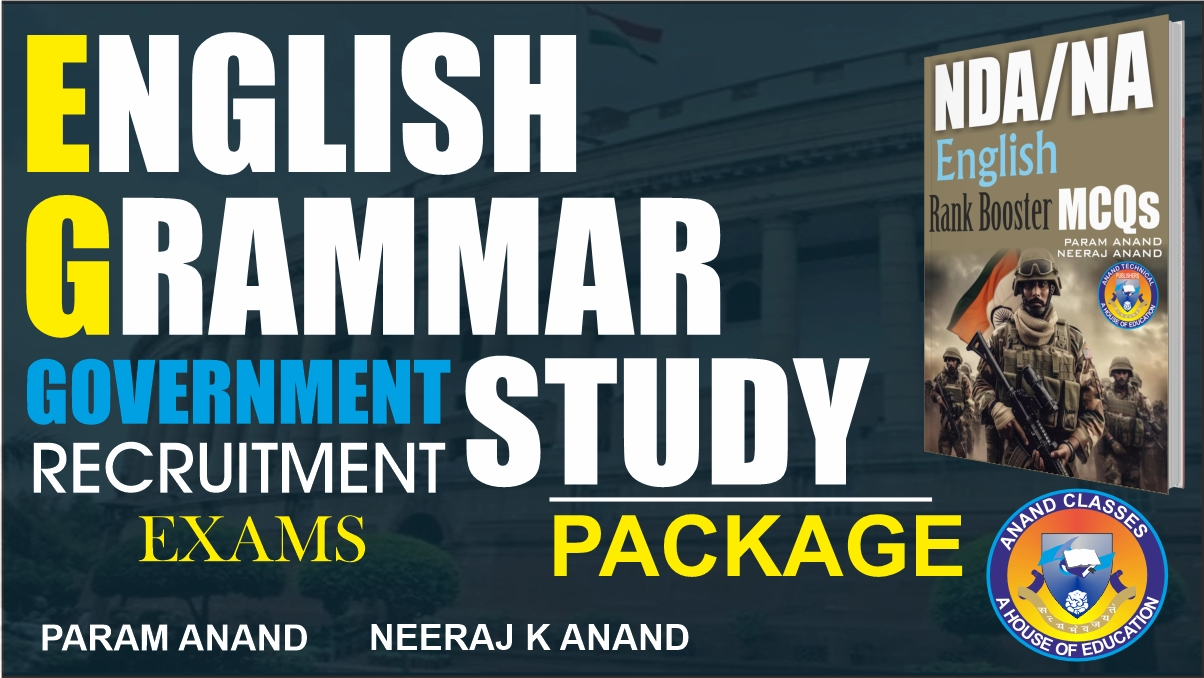Published by: Anand Technical Publishers
Author: Neeraj Anand
Under: Anand Classes
Contact: +91 9463138669
Email: anandclasses1996@gmail.com
Buy Study Material: Anand Classes
Objective Resolution (January 22, 1947)
- The Objective Resolution was proposed by Jawaharlal Nehru and adopted by the Constituent Assembly.
- It laid down fundamental principles and political ideas for drafting the Indian Constitution.
Main Principles of the Objective Resolution
- India as an Independent, Sovereign Republic.
- India as a Union comprising British Indian territories, princely states, and other willing regions.
- Autonomy for Union Territories except for powers assigned to the Union.
- Sovereignty and authority derived from the people of India.
- Social, economic, and political justice ensured for all.
- Equality of status and opportunity, including fundamental freedoms (speech, belief, faith, worship, vocation, association, etc.), subject to law and morality.
- Safeguards for minorities, backward classes, and tribal areas.
- Territorial integrity and sovereignty over land, sea, and air.
- Commitment to world peace and welfare of mankind.
Important Committees and Chairpersons
| Committee | Chairperson |
|---|---|
| Drafting Committee | Dr. B.R. Ambedkar |
| Flag Committee | J.B. Kriplani |
| Union Constitution Committee | Jawaharlal Nehru |
| Provincial Constitution Committee | Sardar Vallabhbhai Patel |
| Union Powers Committee | Jawaharlal Nehru |
| Committee on Fundamental Rights & Minorities | Sardar Vallabhbhai Patel |
| Special Committee to Examine the Draft Constitution | Alladi Krishnaswamy Iyer |
| Finance & Staff Committee | Dr. Rajendra Prasad |
| Ad-hoc Committee on Supreme Court | S. Varadachariar |
| Ad-hoc Committee on National Flag | Dr. Rajendra Prasad |
| Committee on Chief Commissioners’ Provinces | B. Pattabhi Sitaramayya |
FAQs (Frequently Asked Questions)
Q1: What was the Objective Resolution?
A: The Objective Resolution, proposed by Jawaharlal Nehru on January 22, 1947, laid the foundation for the Indian Constitution and declared India as an independent, sovereign republic.
Q2: Why was the Objective Resolution important?
A: It set forth the fundamental political, social, and economic principles that guided the drafting of the Indian Constitution.
Q3: Who chaired the Drafting Committee of the Indian Constitution?
A: Dr. B.R. Ambedkar chaired the Drafting Committee.
Q4: Which committee dealt with Fundamental Rights and Minorities?
A: Sardar Vallabhbhai Patel chaired the Committee on Fundamental Rights and Minorities.
Q5: Who was responsible for designing the Indian National Flag?
A: The Ad-hoc Committee on National Flag, chaired by Dr. Rajendra Prasad, was responsible for its design.
MCQs (Multiple Choice Questions)
Q1: Who proposed the Objective Resolution in 1947?
A) Mahatma Gandhi
B) Dr. B.R. Ambedkar
C) Jawaharlal Nehru
D) Sardar Patel
Answer: C) Jawaharlal Nehru
Explanation: Jawaharlal Nehru proposed the Objective Resolution on January 22, 1947, which later influenced the Preamble of the Indian Constitution.
Q2: Who was the chairman of the Drafting Committee?
A) Jawaharlal Nehru
B) Dr. B.R. Ambedkar
C) Sardar Patel
D) Rajendra Prasad
Answer: B) Dr. B.R. Ambedkar
Explanation: Dr. B.R. Ambedkar was appointed as the Chairman of the Drafting Committee and played a key role in drafting the Indian Constitution.
Q3: Which committee was responsible for the Indian National Flag?
A) Union Powers Committee
B) Finance & Staff Committee
C) Ad-hoc Committee on National Flag
D) Drafting Committee
Answer: C) Ad-hoc Committee on National Flag
Explanation: The Ad-hoc Committee on National Flag, headed by Dr. Rajendra Prasad, was responsible for designing the Indian National Flag.
Q4: The Objective Resolution later became the basis for which part of the Constitution?
A) Fundamental Rights
B) Directive Principles of State Policy
C) Preamble
D) Emergency Provisions
Answer: C) Preamble
Explanation: The Objective Resolution served as the blueprint for the Preamble of the Indian Constitution, outlining the core values of sovereignty, justice, liberty, and equality.
Q5: Who chaired the Committee on Fundamental Rights and Minorities?
A) B. Pattabhi Sitaramayya
B) J.B. Kriplani
C) Sardar Vallabhbhai Patel
D) Dr. Rajendra Prasad
Answer: C) Sardar Vallabhbhai Patel
Explanation: Sardar Vallabhbhai Patel chaired the Committee on Fundamental Rights and Minorities, ensuring protection for minorities and disadvantaged groups.
For complete study materials for NDA, CDS, UPSC, AFCAT, RRB, IBPS-PO, SSC, KVS, CLAT, and other exams, visit:
Anand Technical Publishers
For inquiries, contact: +91 9463138669
Email: anandclasses1996@gmail.com




